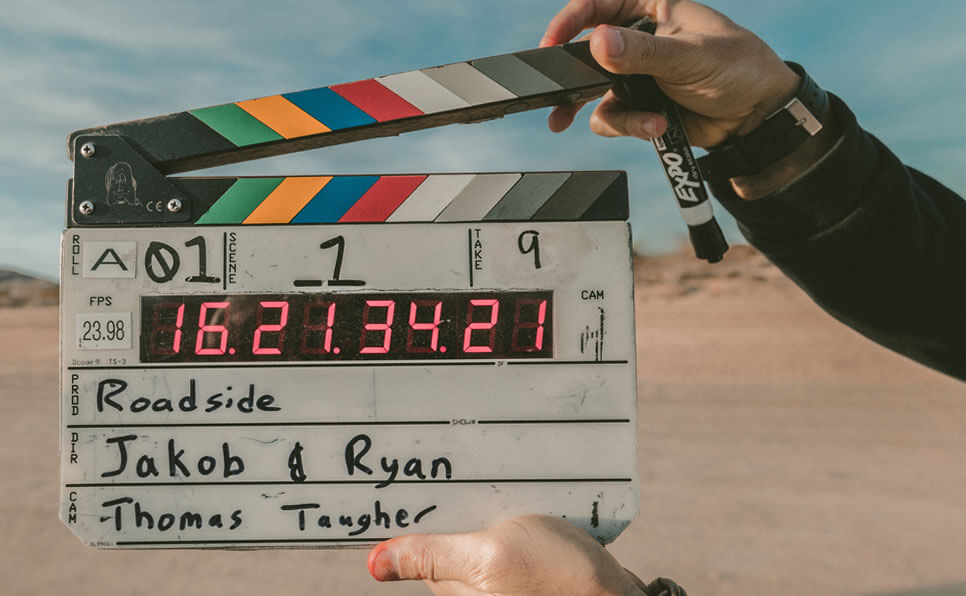Visual design used to be about balance, hierarchy, and composition. Now? It’s about attention, speed, and flow. As the majority of design consumption moves to mobile screens and infinite scrolls, designers are being challenged to go beyond pretty layouts and embrace dynamic interaction.
“We used to design for the eye. Now we design for the thumb,” says Carla Menezes, UI/UX designer at a Lisbon-based fintech startup.
From Static to Reactive
- Motion is the new composition. Micro-animations, hover states, and transitions are part of a brand’s language.
- Scroll behavior defines layout. Users don’t ‘view’ a site—they navigate it through their gestures.
- Typography must adapt. Clear, legible fonts that work on all screen sizes are becoming more valuable than decorative ones.
Key shifts every modern designer should follow:
-
Design for dark mode from the start. It’s not optional anymore.
-
Accessibility isn’t a trend—it’s a baseline. Think contrast, alt-text, font scaling.
-
Interaction is part of identity. How a button feels says as much as how a logo looks.
-
Loading time is a design factor. If it lags, it fails.
“In mobile-first design, negative space isn’t just aesthetic—it’s strategic,” says Ahmed Koç, visual designer and educator.
DesignSense Youtube channel 30 dic 2024
UX/UI Design Trends 2025






